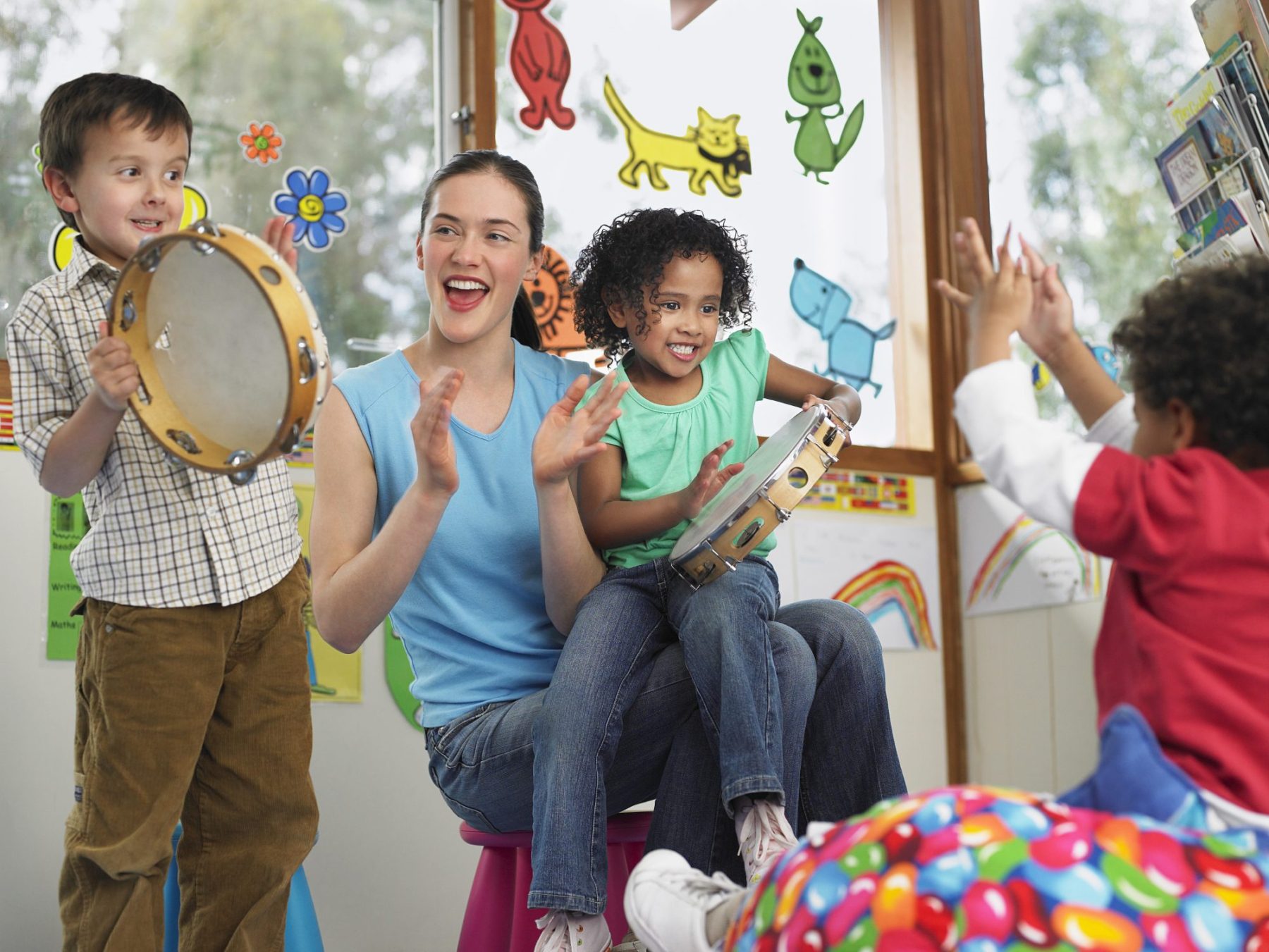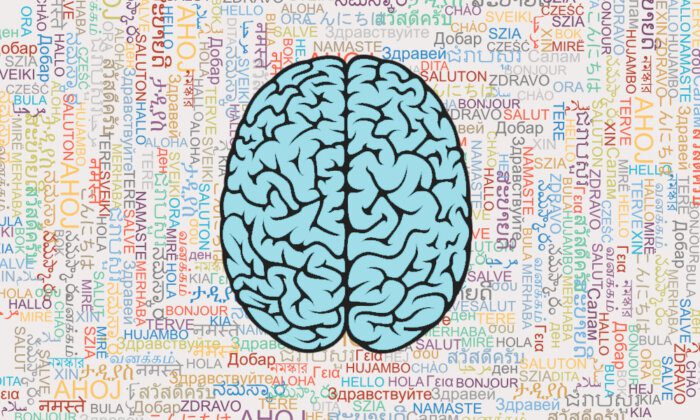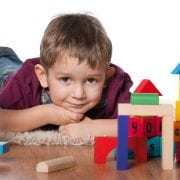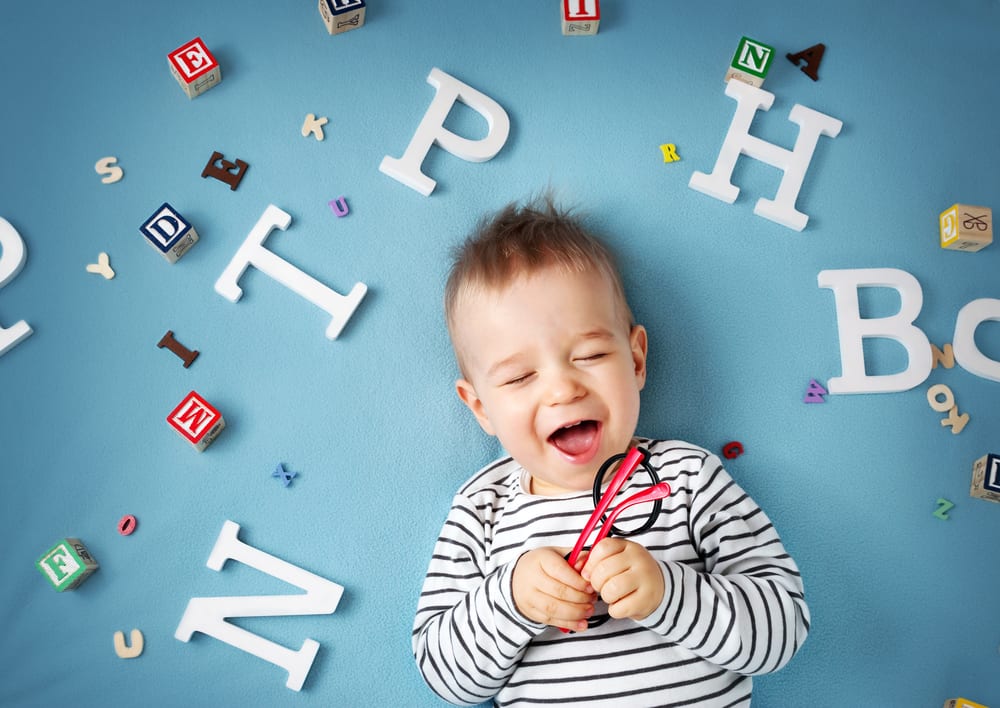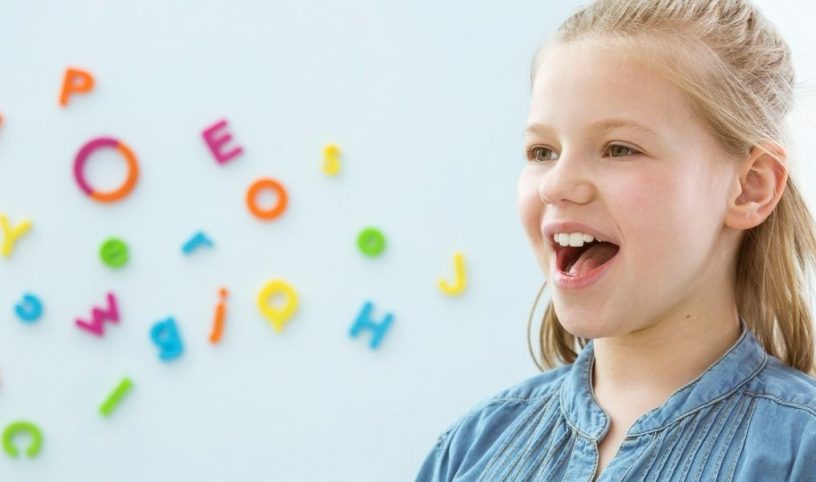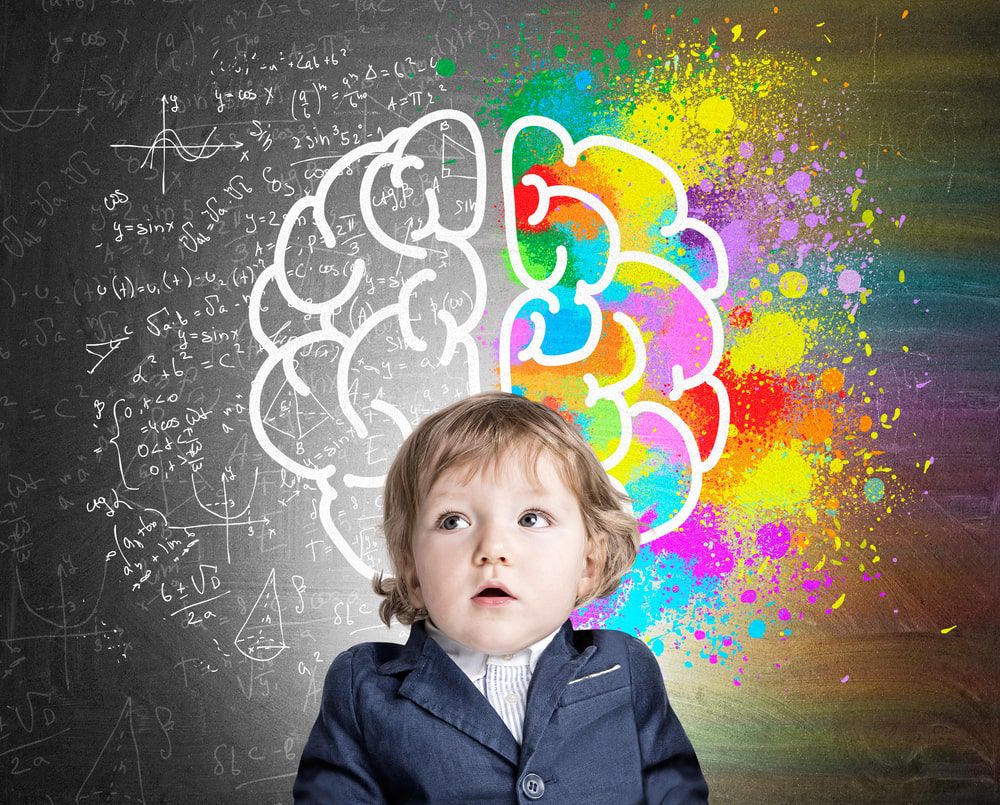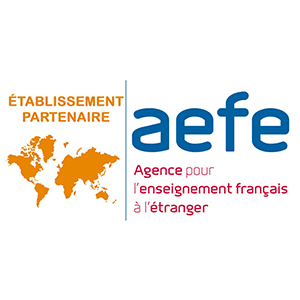Building A Foundation with The International Baccalaureate
As our world continues to globalize, today’s students need exposure to international cultures and ideas. Those students who are fortunate enough to have access to an International Baccalaureate program receive not only an excellent education but also a solid foundation for the future.
For nearly fifty years, International Baccalaureate (IB) has offered programs for preschool and elementary, middle school and high school. Schools must apply for IB accreditation and demonstrate that they maintain IB’s rigorous academic standards and philosophy. (GreatSchools.org)
International Baccalaureate differs from Advanced Placement, also a respected and rigorous program. While AP courses carry the option of earning college credit through points on end-of-course exams, IB does not. However, IB begins the academic rigor as early as preschool and focuses on the social-emotional development of the student in addition to the academic development. IB offers an entire curriculum with an interdisciplinary approach, rather than a set of subjects taught in isolation to one another.
Developing the Whole Child
In an IB setting, schools focus on the development of the child as an individual. Beginning with the Primary Years Programme, students work in the core subjects to focus on several themes:
- Who we are
- Where we are in time and place
- How we express ourselves
- How the world works
- Sharing the planet
- How we organize ourselves
In these early years, IB programs utilize an inquiry-based approach to examine different issues present in today’s world, and incorporate the ideas in all areas of their learning, from math and science classes, to humanities and arts classes, to social studies, and physical education. Children learn by asking questions and working with one another to solve problems, facilitated by their teacher. (GreatSchools.org)
Moving to the Middle Years Programme, students continue making connections between their studies and real world events and issues. Students begin to develop analytical thought. IB believes that thoughtful, reflective questioning and analysis ought to have a place in all areas of a child’s life, rather than just in the classroom. Students develop the skills to become thoughtful people, and life-long learners, who can interact positively and empathetically with diverse groups.
The high school program, or the Diploma Programme, continues to develop the whole student as it seeks to expand the minds of advanced students who wish to thrive. Students tackle six subjects as well as the “theory of knowledge.” They develop independent projects and also engage in community service. Ultimately, the full IB program aims to develop citizens of the world who can lead and engage with others around the globe.
Academic Rigor
Don’t confuse the holistic, whole-child development approach with an easy-going atmosphere that skimps on academics. International Baccalaureate programs are time-consuming and demanding. Many schools with IB programs require that students demonstrate academic proficiency before being admitted. The program prepares them for competitive universities around the world.
Students develop their higher-level thinking skills in an IB program. They prepare for final evaluations of projects and take end-of-course examinations to showcase their analytical and writing skills in the academic arena and, impressively, put together and present presentations from a young age. Students who successfully complete International Baccalaureate programs are awarded IB certificates that can be separate from their institution’s general diploma. The certificate carries prestige and is respected by educational institutions around the US and the world. (ibo.org)
International Baccalaureate students excel by developing outstanding critical thinking skills in arenas where they are expected to also contribute on a community, social, and ethical level as well. They learn that these aspects of our humanity should be separated. Learning starts early and continues for a lifetime.
Please contact us if you have questions about the International Baccalaureate programs.



